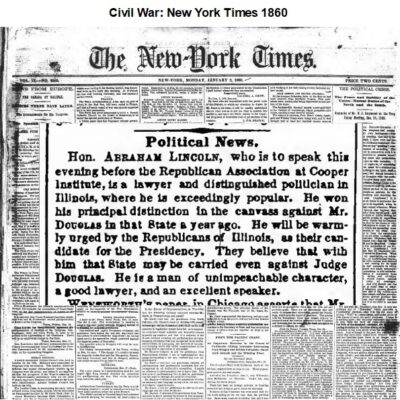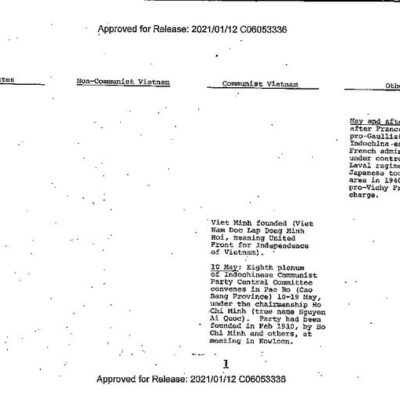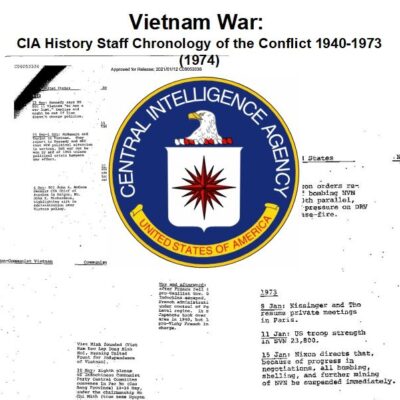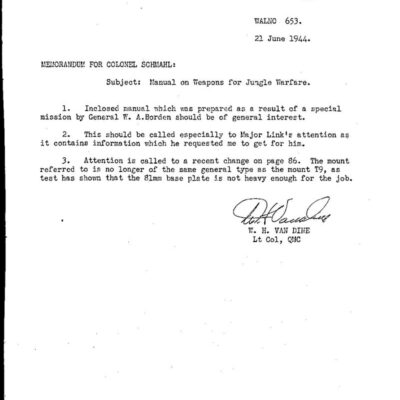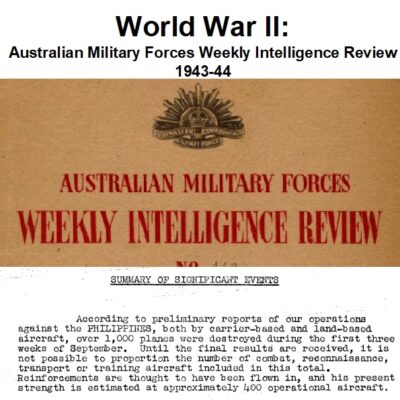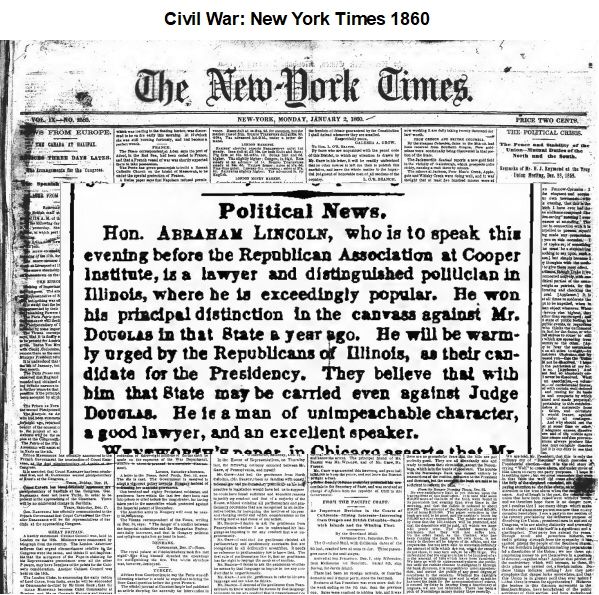
Description
1860: Lincoln’s Rise and the Secession Crisis
- Early 1860: The New York Times begins extensively covering the escalating secession crisis, with frequent reports on the institution of slavery.
- February 27, 1860: Abraham Lincoln delivers a significant speech at Cooper Union. At this time, he is not widely considered the likely Republican Party nominee for president.
- Throughout 1860: The New York Times continuously follows Abraham Lincoln’s political journey, including his nomination race and presidential campaign.
- 1860 (Specific date not provided, but first run occurred in this year): The Pony Express commences operations, making its inaugural run from Saint Joseph, Missouri, to Sacramento, California.
- November 6, 1860: Abraham Lincoln is elected as the 16th President of the United States. He achieves this victory without receiving support from any Southern state. New York State casts 362,646 votes (53.7%) for Lincoln, while Stephen Douglas receives 312,510 votes (46.3%).
- December 20, 1860: South Carolina formally secedes from the Union.
Cast of Characters
- Abraham Lincoln: The 16th President of the United States, elected on November 6, 1860. The New York Times tracked his rise from an unlikely Republican nominee to the presidency, noting his pivotal speech at Cooper Union in February 1860 and his election without Southern support.
- Stephen Douglas: A Democrat who ran against Abraham Lincoln in the 1860 presidential election. He received 312,510 votes (46.3%) in New York State compared to Lincoln’s 362,646 votes.
- The Enslaved Persons in the United States: While not a single individual, the “approximately 4 million persons enslaved in the United States” are a crucial “character” in the context of the events of 1860. The institution of slavery and its impact on the nation’s political landscape was a constant and central theme in the New York Times coverage.
Civil War: New York Times 1860
1,989 pages of the New York Times dating from January 1, 1860, to June 30, 1860, and October 1, 1860, to December 31, 1860, plus a subject index for the New York Times 1860.
The files contain a text transcript of all computer recognizable text embedded into the graphic image of each page of each document, creating a searchable finding aid. Text searches can be done across all files.
The two most important events to happen in 1860 in relation to the upcoming Civil War was the election of Abraham Lincoln as the 16th President of the United States on November 6, 1860, without the support of any Southern state and the secession of South Carolina from the Union on December 20, 1860. The entire year finds much coverage of the Presidential election and the increasing fever of the secession crisis.
In the year, 1860 there were approximately 4 million persons enslaved in the United States. Seemingly every issue of the New York Times presented some coverage of the institution of slavery issue. A text search of all the issues in this collection for the words slave, slavery, slaveholder, or slaveholding yields 9,848 hits.
Early in 1860 the Times reports on Abraham Lincoln’s speech given at Cooper Union on February 27th. Who at the time did not seem like the likely Republican Party nominee. The Times followed him from there through the nomination race and presidential campaign and his election on November 6, 1860. The State of New York voted 362,646 (53.7%) for Abraham Lincoln, with 312,510 votes (46.3%) for the Democrat Stephen Douglas.
The Times also covered other local, nation and world events it found fit to print including the beginning of The Pony Express, which made its first run in 1860 from Saint Joseph, Missouri to Sacramento, California.

